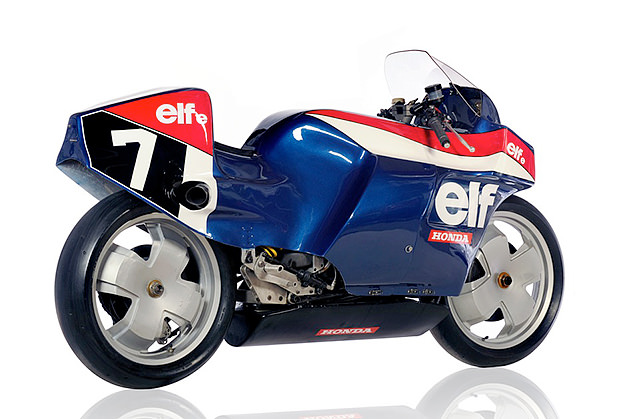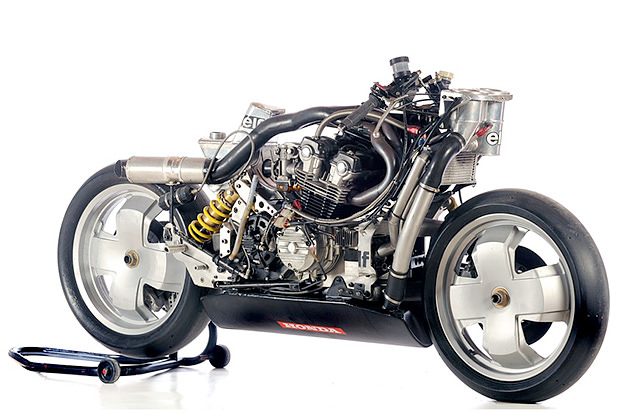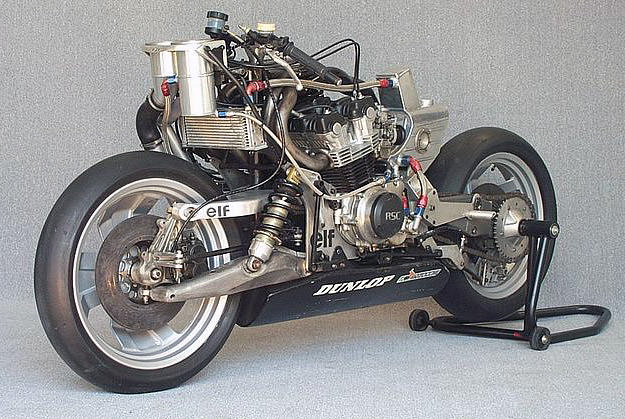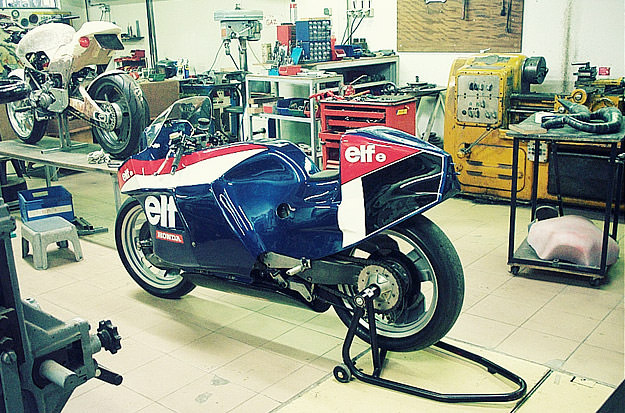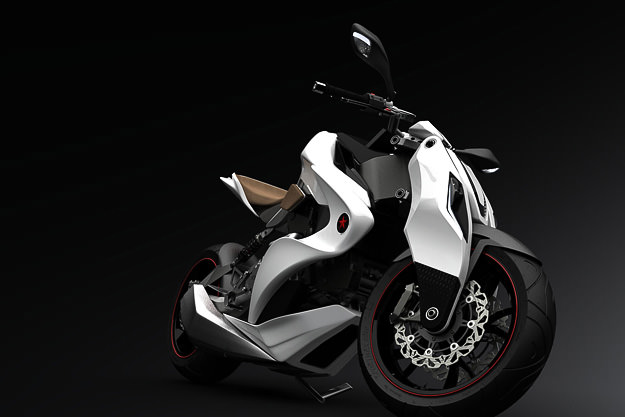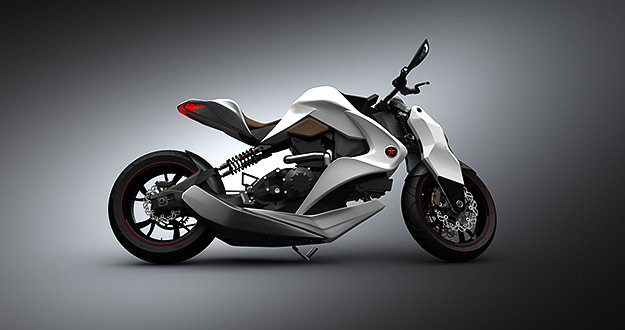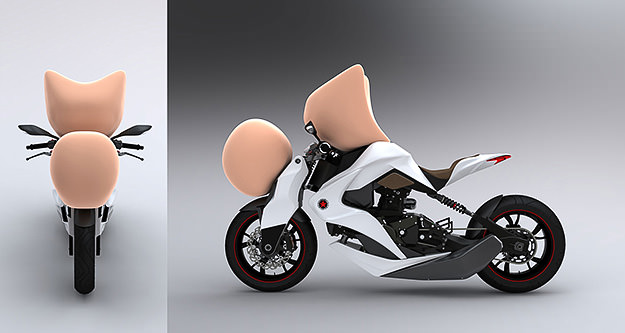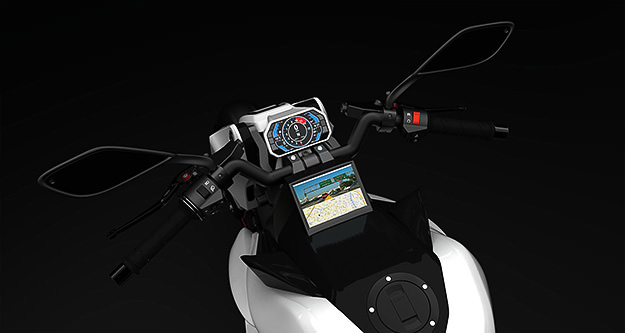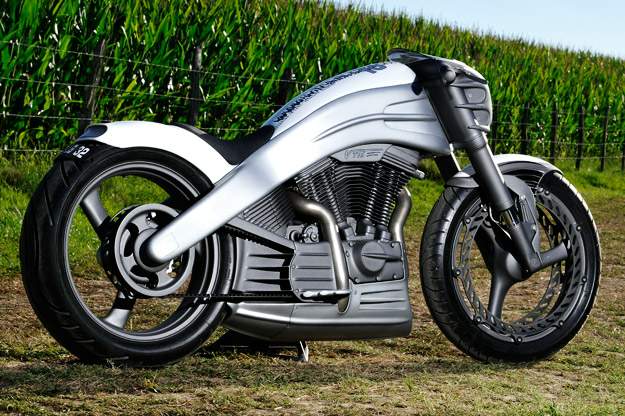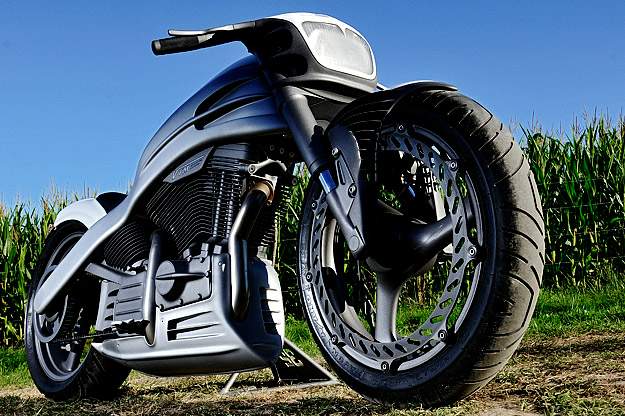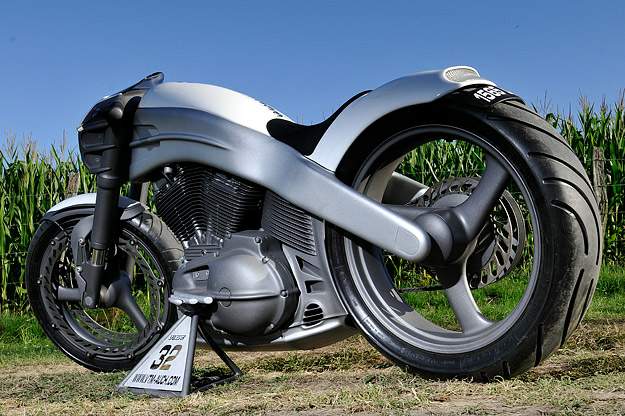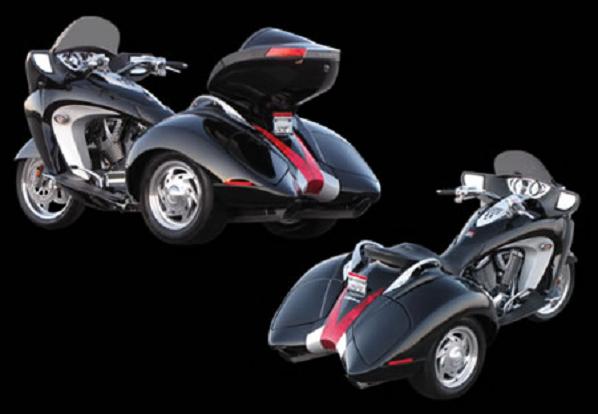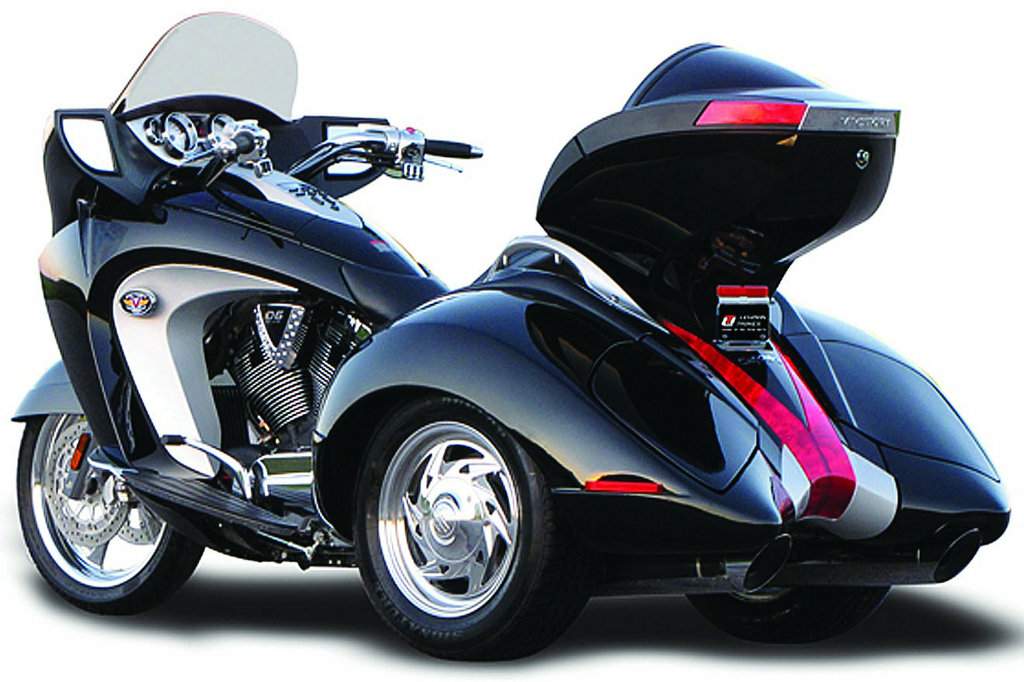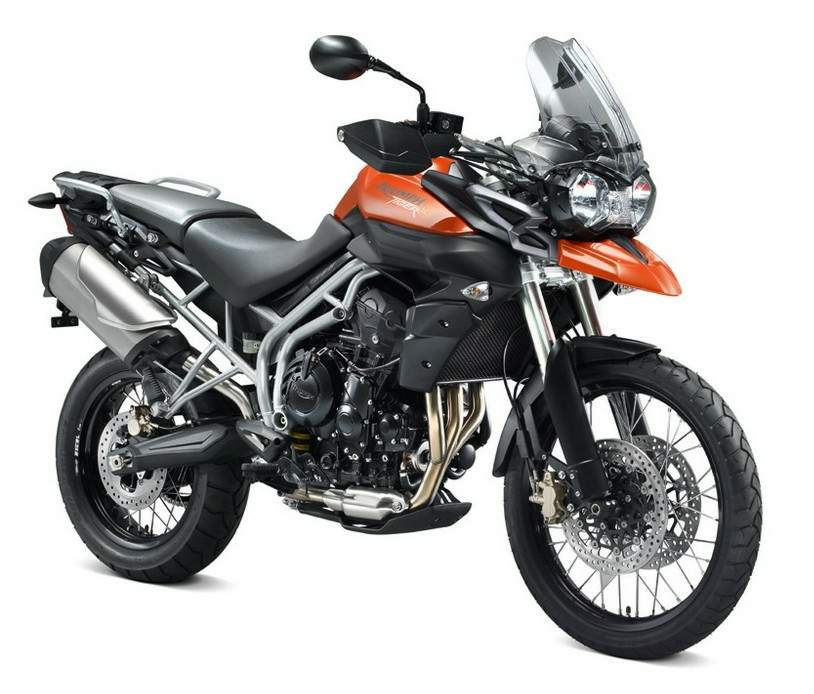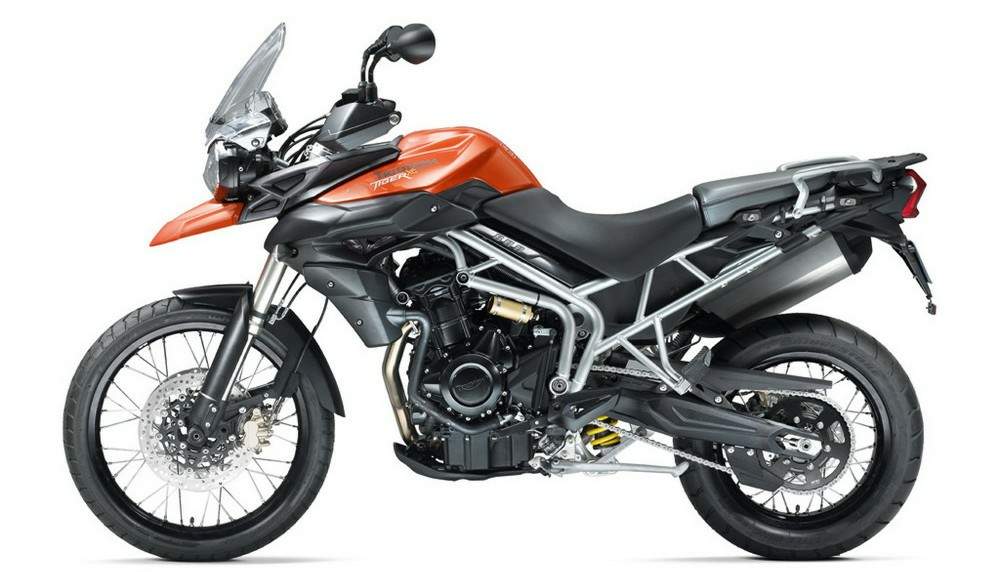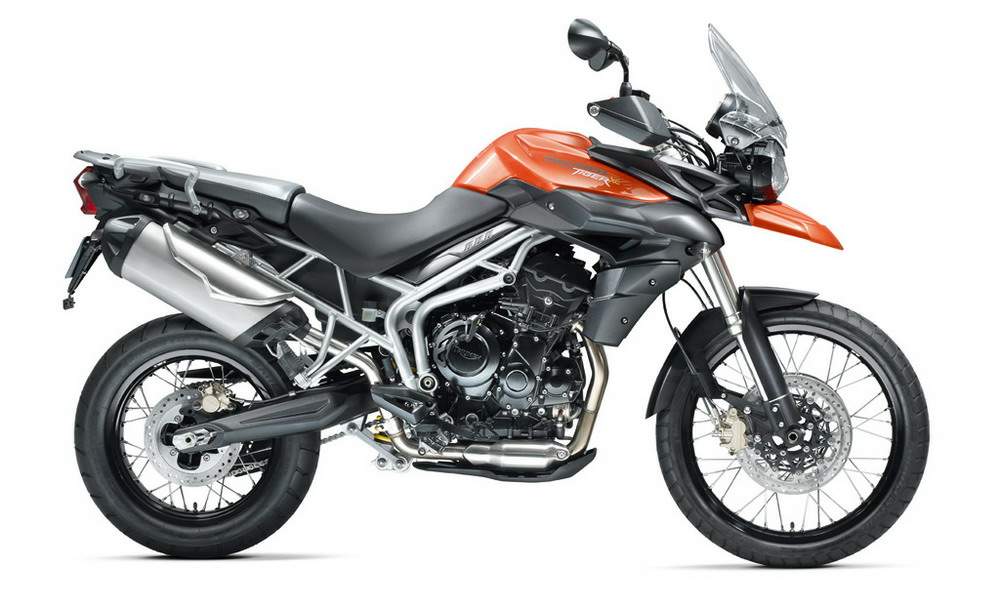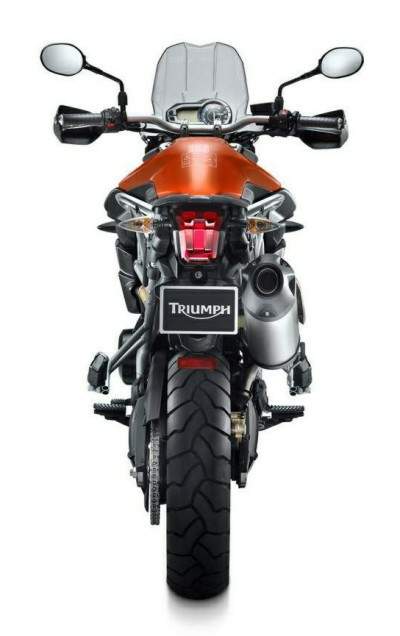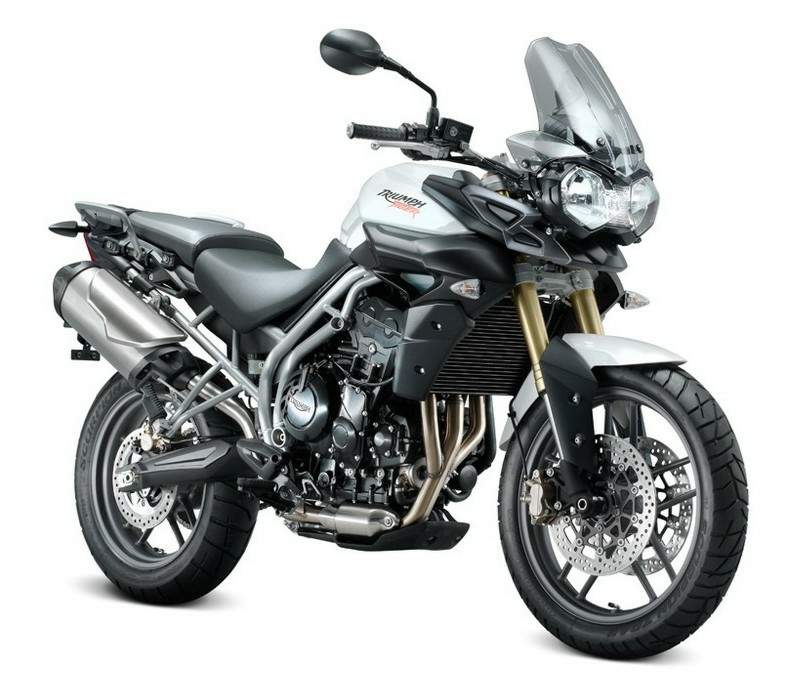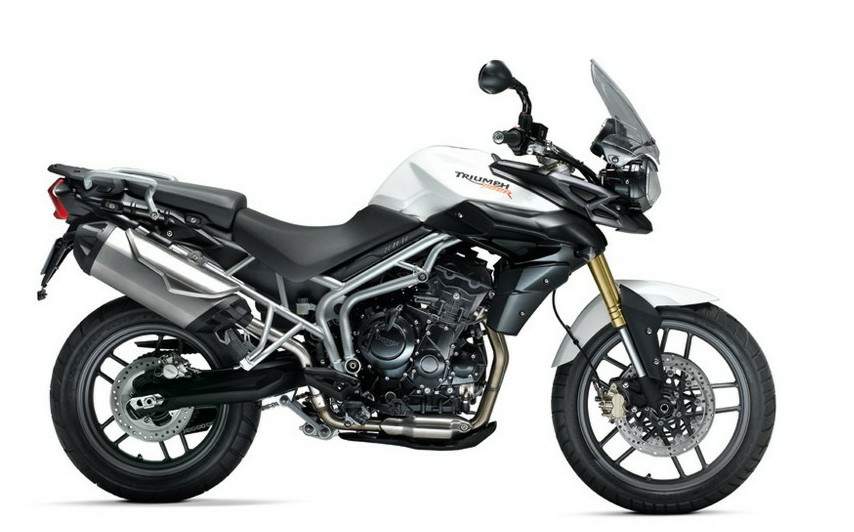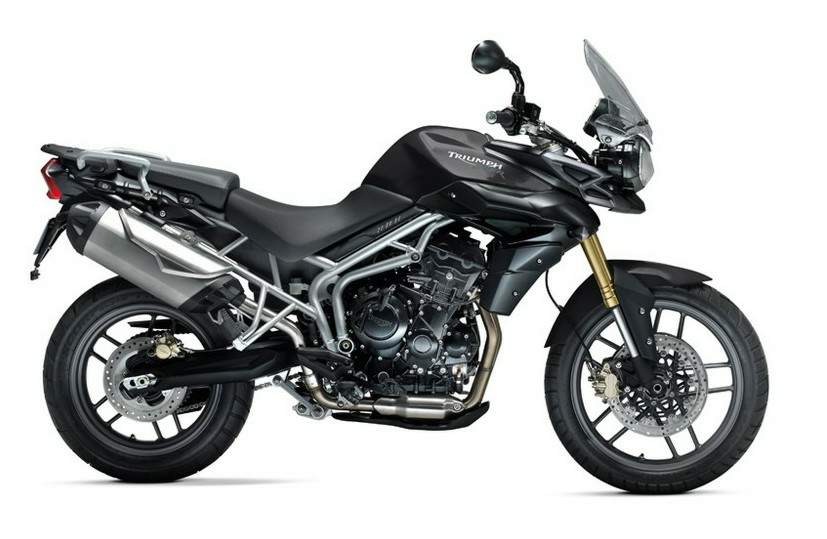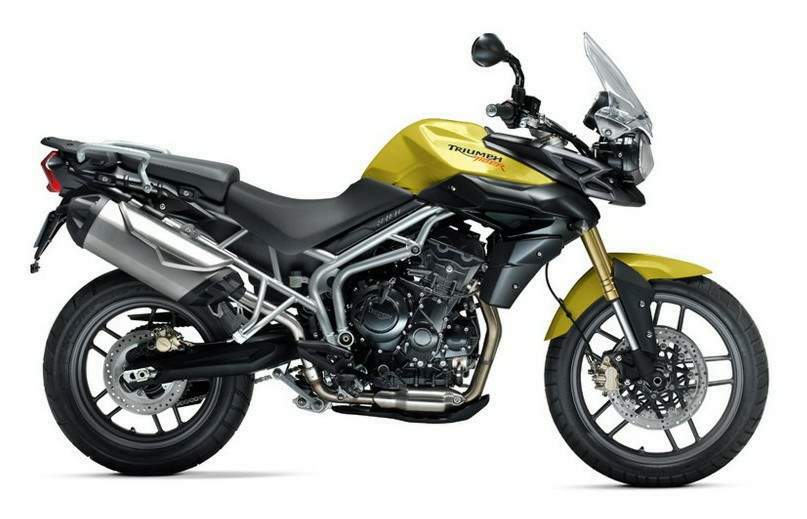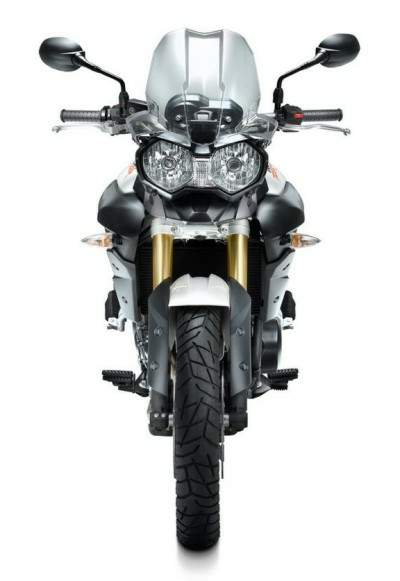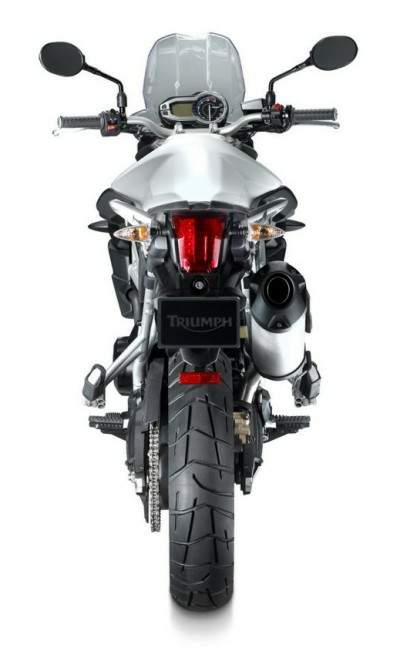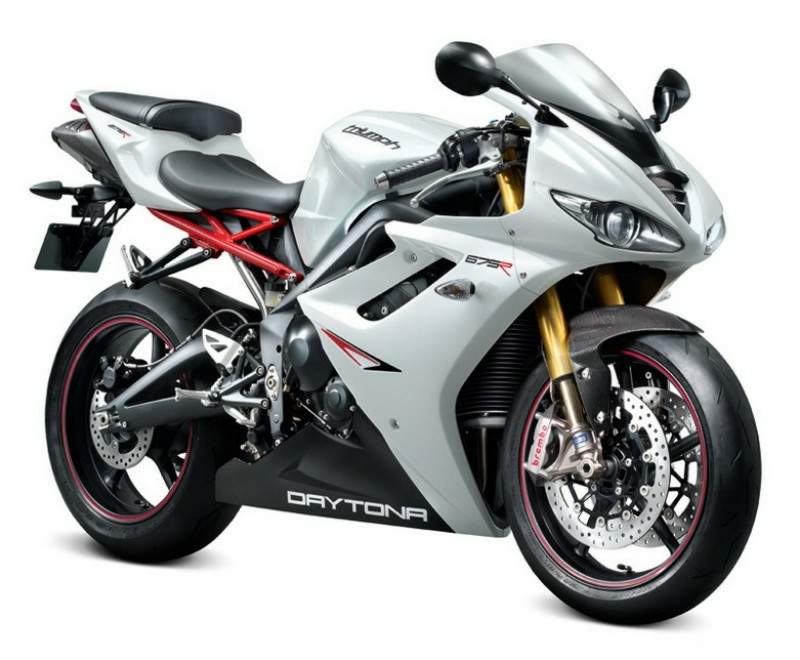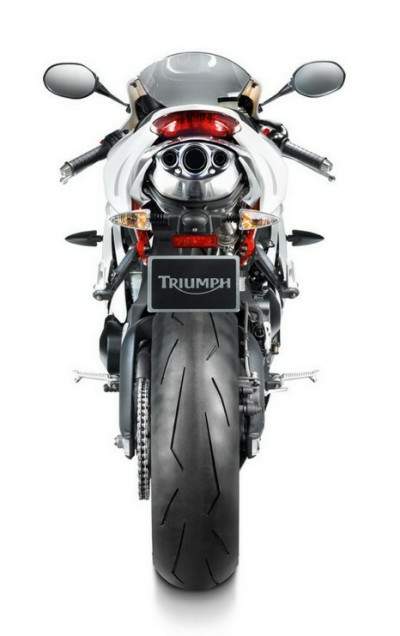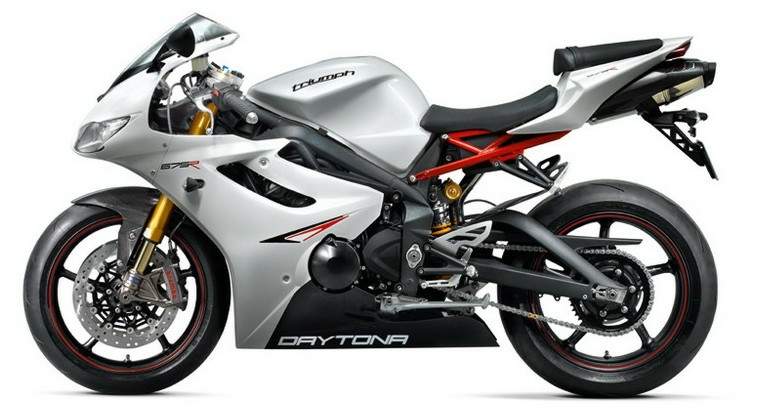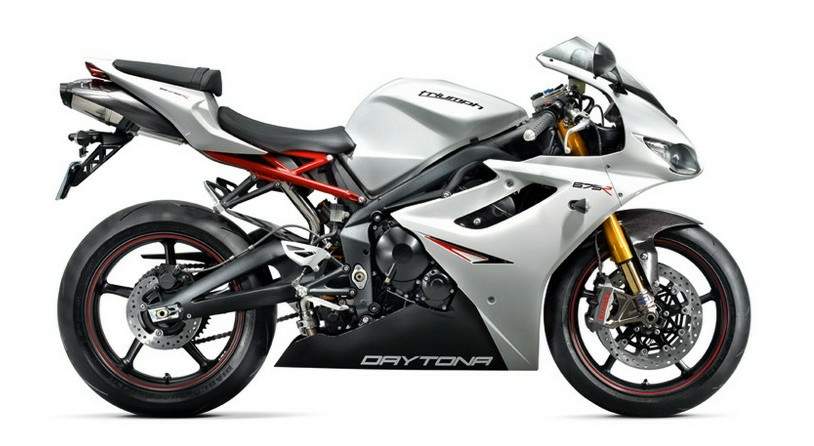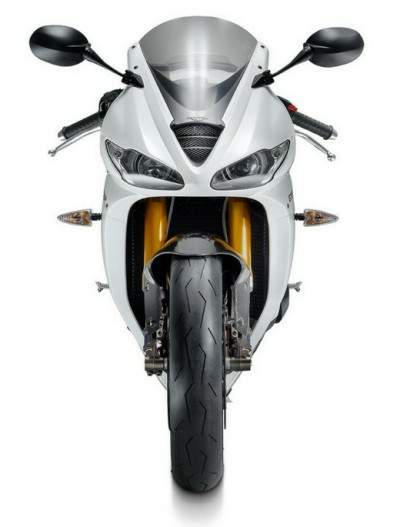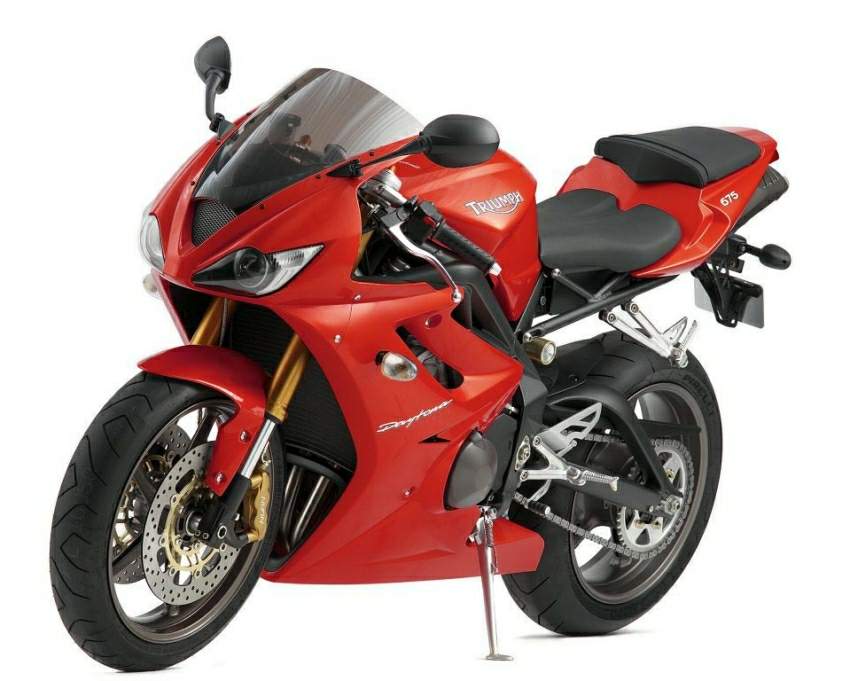
Norton NRV588 - Rotary Revival
Riding The NRV588, A Modern Iteration Of The Wankel Rotary-Powered Norton Racers That Once Ruled British Racing
Writer: Alan Cathcart
Alternative ideas for improving sportbike performance usually involve yet another arcane front suspension layout like the Bimota Tesi or BMW's Duolever/ Telelever designs-but rarely has anyone offered an alternative engine. Except for the two-stroke, which became a mainstream concept that eventually has been forced into near extinction by environmental concerns, and not counting the current fascination with renewable fuels, there haven't been any truly innovative concepts in gasoline-powered motorcycle engine design. Well, perhaps except for just one: the Wankel rotary.

The Norton Rotary Reborn
It's been 20 years since the rotary engine invented by German engineer Felix Wankel back in 1924 made its motorcycle roadracing debut in 1987. Powering the racebikes of the resurgent Norton factory, the rotary's then-superior performance led to eight years of competition that resulted in successive British roadrace titles, points-scoring GP finishes and victory in the Isle of Man TT against the top superbikes of the day. The fact that each Wankel engine cylinder has only three moving parts that simply rotate-compared with myriad moving pieces in a conventional four-stroke piston engine, many of which run at incredibly high velocities only to stop dead a couple of hundred times a second-makes this a plausibly more efficient mechanical solution. Admittedly, the thorny issue of the bike's exact engine capacity was always a matter of controversy. Because the rotary engine's unique three-sided rotor's power stroke occurs twice during a revolution of the crankshaft (actually called the eccentric shaft, basically a camshaft around which the rotor orbits), some claimed that its displacement should be measured by the single rotor-face-swept area of each of the Norton Wankel's two triangular rotors times two. Nonetheless the rules were massaged on an ongoing basis to make sure the crowd-pleasing Nortons could play their role as British underdogs taking on the might of Japan Inc.
I was able to test each successive year's variant of the Norton rotary racer and found the bikes thrilling to ride, with a good power-to-weight ratio that made them unquestionably fast and with adequate handling. Although the rotary is a dirtier, thirstier design than a conventional four-stroke, it's also lighter and more compact-and potentially more powerful. Just what you need to build a better racebike, as Brian Crighton proved by conceiving the Norton rotary racers that flourished two decades ago. Unfortunately the Nortons withered away after their last race in 1994, thanks to the corporate intrigue that eventually downed the parent company.
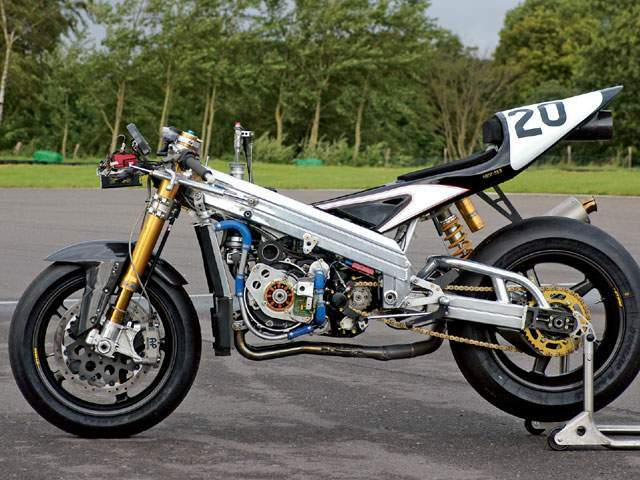
But some people never give up, and for 13 years, the 59-year-old Crighton continued to dream of building a Norton rotary racer as light and powerful as he always knew it had the potential to be. Now, with the financial backing of dedicated Norton enthusiast Roy Richards-founder and chairman of Britain's National Motorcycle Museum, where 16 of the 17 Norton factory rotary racers ever made now reside-Crighton's dream has reached reality. The Norton NRV588 is the bike he always wanted to build.
Launched a year ago at Britain's Birmingham Show, and after a season of development held back by the dismal British summer's constant rain, the NRV588 currently produces 165 horsepower at 11,450 rpm from its liquid-cooled twin-rotor engine, yet weighs just 289 pounds with all fluids but fuel. Crighton's ultimate rotary racer offers a power-to-weight ratio comparable to today's factory superbikes, with performance enhanced by current technology that includes a ride-by-wire throttle, fuel injection with a range of usable maps and traction control. "This is the bike I wanted to build for 1995 after we'd beaten the Yamahas and Ducatis plus the RC45 Honda to win the 1994 championship," says Crighton. "I wanted fuel injection for the road bikes to cope with emissions and ride-by-wire throttle to make it easier to ride in the wet via traction control. But they changed the rules to get rid of the Nortons, and anyway the company was fizzling out, so it never got built. But [a British magazine] published an article about my ideas back in August 1994, and when Roy Richards hired me three years ago to restore all his rotary Nortons for the museum, after I'd been working for him for a while I showed him the article. After reading it he said, 'Well, would you like to build it to finish the story off?' He said that he'd finance it personally, and that's how it's come about."
An Old Dog With New Tricks
The heart of the NRV588 is obviously the twin-rotor engine, one of the spare '94 Duckhams motors that incredibly hadn't even been opened and serviced since being built that year. Thus original mechanical spec is unchanged, with 9.6:1 compression and original porting (rotaries control intake and exhaust flow timing via ports, just like a two-stroke). But it's now fitted with fuel injection controlled by an Omex ECU using GEMS software, powered by a Yamaha R6 generator and controlling a single injector per rotor in Crighton's own dual 36mm throttle bodies. These are located beneath the required bulge in the front of the fuel tank to allow space for the tall shower-style injectors; they're necessary to permit usage of the NRV588's variable-intake system (hence the "V" in its designation). But while the concept is similar to the MV Agusta and Yamaha systems, the NRVs feature a linear electric servo motor that controls the movement of the telescopic intake trumpets via a gearbox driving a screw. This allows an actual progressive system, instead of the MV and Yamaha systems that only permit two positions. Plus, while the MV/Yamaha systems only allow a maximum of 75mm of variation in length, the Norton's fully progressive system extends over a huge 120mm range. The trumpets are fully extended at low rpm, then begin to contract from 6000 to 8000 rpm.
Another electric motor controlled by the ECU operates the throttle plates, in a copy of the modular ride-by-wire system on Ducati's MotoGP bikes. This has a conventional throttle cable running from the grip to a potentiometer, which translates the action in digital form to the ECU. The ECU then instructs the electric motor to operate the butterflies according to a preprogrammed map that can be altered depending on weather, track conditions, tire wear and so on.
Having ridden both four-cylinder sportbikes fitted with variable-intake systems, I was interested to see how this would work on the rotary engine. I remembered from my several previous Norton rides that it had a broad spread of power but suffered from a lack of low-end torque, especially if tuned for top-end power like the original bikes were. That always made them even more like a two-stroke to ride, and the heavier flywheel required to tame the otherwise explosive powerband also tended to compromise acceleration, only partially rectified by the bike's light weight.
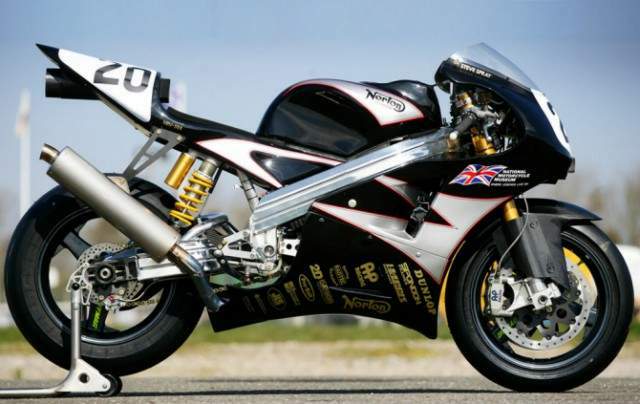
The NRV588 has no such problem. For example, compared with Steve Hislop's TT-winning ABUS Norton, which had a nice midrange but was definitely peaky in terms of power delivery, the new bike feels like it's powered by an extremely potent electric motor. There's a huge range of seamless, linear power from 3000 rpm all the way up to the 11,500-rpm rev limiter. Throttle response is crisp without being abrupt, a welcome trait considering the NRV's high power output and light weight. The 2D LCD dash is hard to read because of the lack of contrast in daylight and the smallish numbers, and the engine is so smooth that you have no sense of feel that it's time to shift. This caused me to bump into the rev limiter often; a bright shift light would help here. The excellent low-end torque meant that driving out of the tight turns could be done in second gear-no need for first gear in the separate six-speed Yamaha OW01 gearbox with belt primary drive. However, there's no power shifter fitted to the race-pattern gearshift, because the engine's relatively heavy flywheel and long gear spacing make it difficult to prevent shock loading while shifting through the lower gears.
But where the variable-intake system in the NRV588 really shows is when you get to 8200 rpm, where maximum torque of 82 ft-lb is delivered, according to Crighton. Here, instead of the midrange flat spot that plagued the older Nortons, the engine keeps pulling hard and continues to accelerate strongly right to the 11,500-rpm limiter. Note that the 165-horsepower number is quoted at 11,450 rpm, which incidentally Crighton says is a conservative figure-he feels 175 horsepower is easily achievable with more development.
The ECU software allows Crighton to dial in a different engine map for wet pavement as well as a different ride-by-wire throttle program and (though it wasn't yet installed for any of my tests) a choice of traction control programs depending on track conditions. With the continuous and overlapping power pulses of the rotary engine making the bike especially prone to wheelspin, this will be a useful feature in the future. It could also allow riders to run a softer rear tire, enhancing traction even more. As it was, even without traction-control programs installed, the NRV's smooth throttle response and linear power made it a confidence-inspiring ride on a wet track-maybe just not as much fun on a dry one.
The bodywork was designed by Harris Performance and painted in colors that recall Norton's classic-era Manx GP singles. The chassis is a Spondon aluminum twin-spar frame based on the '94 Duckhams British Superbike title winner, but because one of Crighton's key objectives in designing the new bike was to maximize the benefits of the rotary engine's compact build, the main spars are 25mm longer to allow for a front-mounted Radtech custom radiator rather than the previous twin side-mounted radiators. This helps reduce the NRV's overall width to just 450mm, more than 50 percent narrower than the old Nortons and not much wider than a 250GP racer. But the rotary engine also has some heat issues caused by the continuous power pulses that can result in exhaust temperatures reaching more than 1000 degrees C. This required a new exhaust system made from costly Inconel alloy, which is more resistant to heat than titanium and is even lighter. Also, to bring cooling air between the rotor housings Crighton borrowed an idea from one of his hobbies. "I fly model aircraft, and they use high-performance duct fans that run at very high speeds and generate lots of airflow," he explains. "There's an electrically driven extractor fan in the duct beneath the seat linked to the ECU, so that as the temperature rises it runs quicker and pulls the heat out of the middle of the engine. The forward ducts on the fairing give a positive effect there, and there's a negative effect at the rear, so you end up with a good cooling airflow. It's the same variable system as the engine's electric water pump, which has no thermostat, just a sensor that monitors engine temperature.
